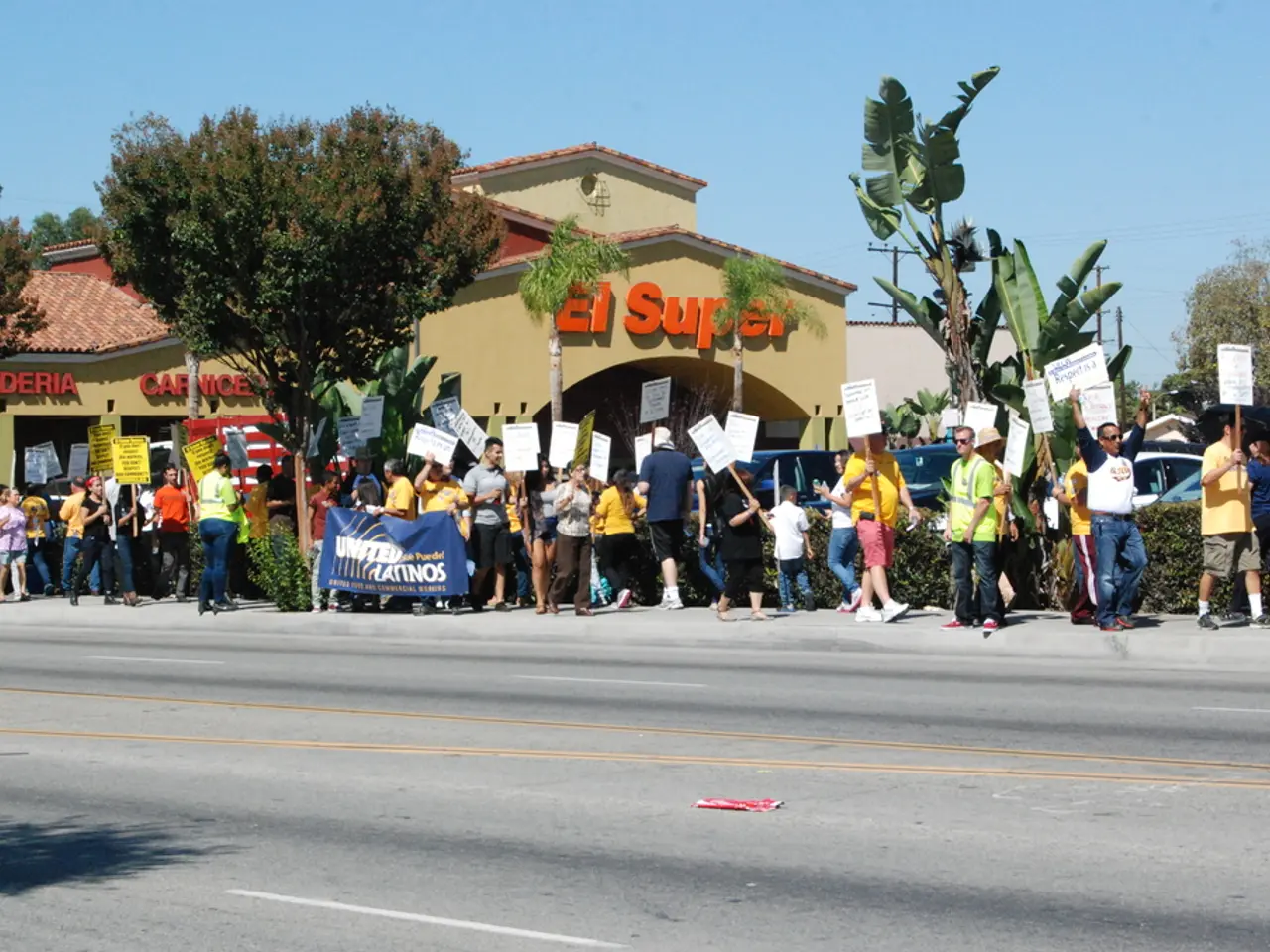Coalition Interactions: An Exploration
In the realm of community development, coalitions play a crucial role in tackling complex issues. A study by Valente, Chou, and Pentz (2007) delved into the effects of network change on the adoption of evidence-based substance abuse prevention in community coalitions.
Effective communication within a coalition is paramount. Clear and concise language helps avoid misunderstandings, ensuring that all members understand shared goals and objectives consistently. Open, transparent communication and feedback allow for all voices to be heard, concerns to be addressed promptly, and trust to be built within the group.
Establishing clear goals, roles, and expectations fosters accountability and reduces confusion, enhancing group cohesion and synergy. Building trust and credibility continuously, through reliable and transparent communication and nurturing relationships, is also essential.
A culture of respect, empathy, and inclusiveness, which embraces diverse viewpoints and promotes constructive conflict resolution, keeps the coalition stable and unified. A clear decision-making process, understood and agreed upon by all members, helps manage conflicts and disagreements effectively.
In the digital age, leveraging social media and other communication tools can promote two-way communication, raise the visibility of shared goals, and engage broad community participation, thereby enhancing community capacity. Seeking and maintaining alliances flexibly while managing the process carefully can ensure ongoing dialogue across all partners and preserve coalition stability.
Developing a compelling, shared message that clearly defines issues, benefits, and counterarguments ensures alignment and builds credibility among all members and external stakeholders. These strategies build a foundation for strong coalition functioning by enhancing understanding, trust, shared purpose, and active collaboration needed to increase community capacity and achieve collective impact.
Resources for coalition building and community change are available from various institutions. The University of Kansas offers toolkits on partnership building and community change through the Community Tool Box. The Asset-Based Community Development Institute provides downloadable resources on community assessment and community mobilization. The Ohio Center for Action on Coalition Development published "Building Coalitions: Coalition Formation and Maintenance" in 1992. Iowa State University, North Central Regional Center for Rural Development published "Vision to Action: Take Charge Too", a publication about community assessment, vision development, action planning, and evaluation.
Forming subcommittees can help clarify and report on specific issues between meetings. Coalition meetings should involve real work or discussion to retain member involvement. Keeping members informed about the policies and actions of the organization through newsletters and regular meetings can help retain member involvement.
Coalitions Work provides tools and resources for various coalition processes and coalition evaluation. The University of Wisconsin-Extension offers Logic Model templates and examples for program development and evaluation. Networking, the exchange of information for mutual benefit, can lead to increased member engagement, commitment, and satisfaction. It can also lead to increased community capacity as coalition members find access to resources, tools, partners, and opportunities that exist outside of the coalition.
Remember, a coalition needs to balance its efforts between creating a dense, cohesive group and making connections to outside resources to achieve maximum effectiveness. Weiss, Anderson, and Lasker (2002) investigated the relationship between partnership synergy and partnership functioning, while Kegler and Swan (2012) explored the effect of coalition factors on community capacity mediated by member engagement. Jones and Barry (2011) studied the relationship between synergy and partnership functioning factors in health promotion partnerships.
Synergy is the degree to which a coalition combines the strengths, perspectives, knowledge, and skills of its members to best achieve its goals. Together, these strategies contribute to group cohesiveness and synergy, helping a coalition to achieve its objectives effectively and contribute to positive community change.
Rural development can significantly benefit from implementing the strategies used in community development, such as effective communication within coalitions, which fosters accountability, trust, and shared goals. By employing science in their approaches, these coalitions can strengthen their health-and-wellness initiatives, for instance, by adopting evidence-based policies and practices in rural substance abuse prevention.
Building alliances with institutions that offer resources for coalition building and community change, such as the University of Kansas, the Asset-Based Community Development Institute, and Iowa State University, can provide coalition members with valuable toolkits and expertise to enhance their community development and health-and-wellness efforts.








